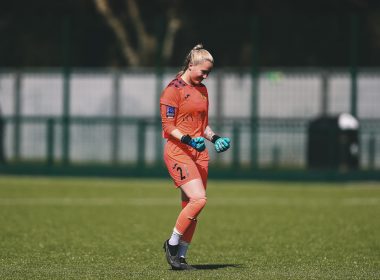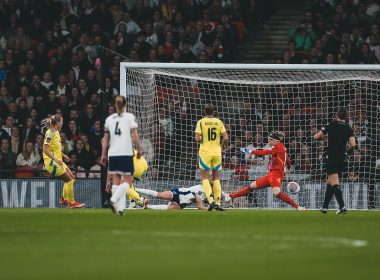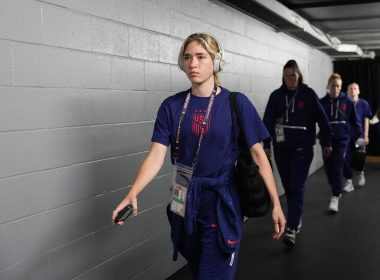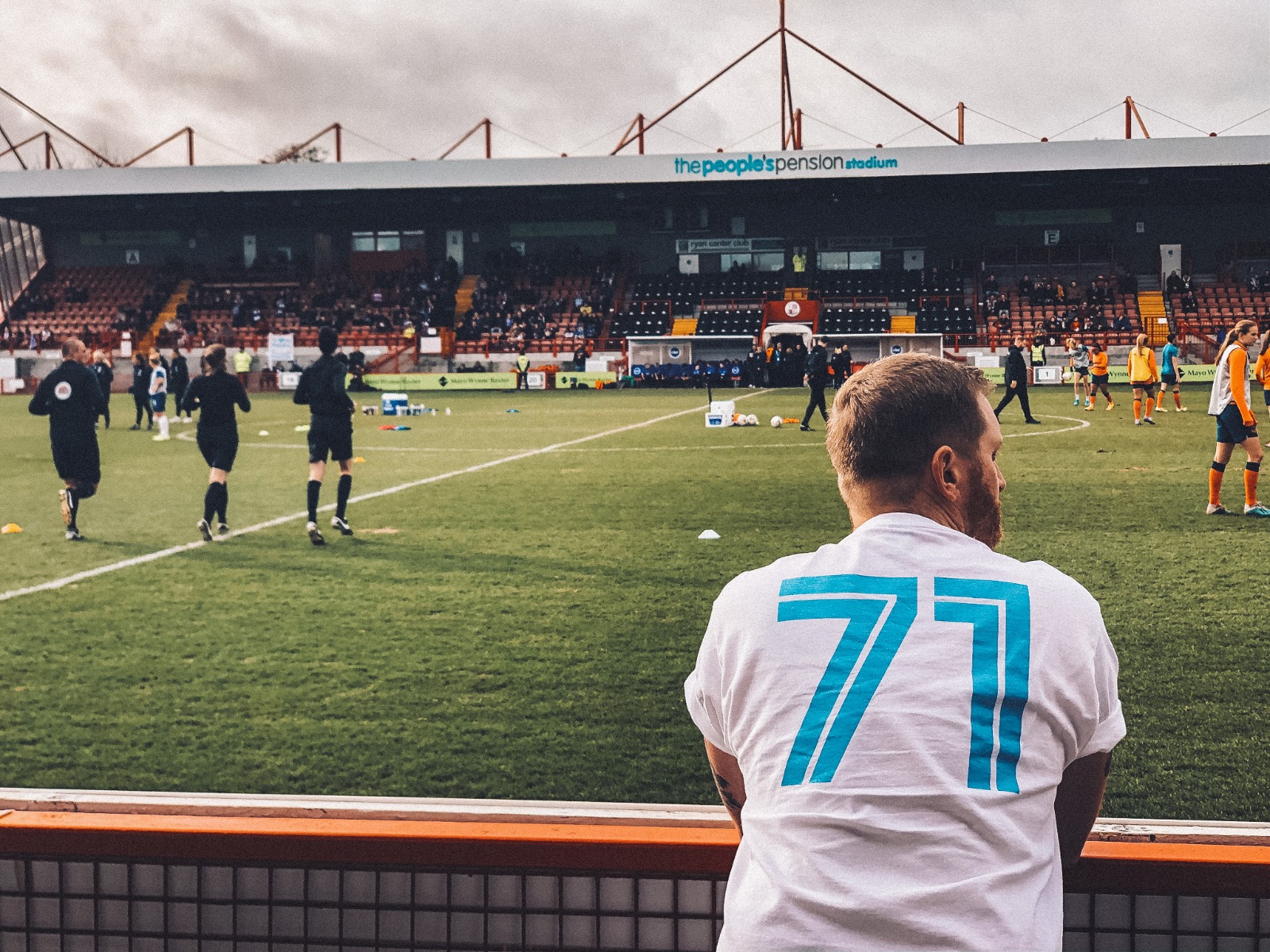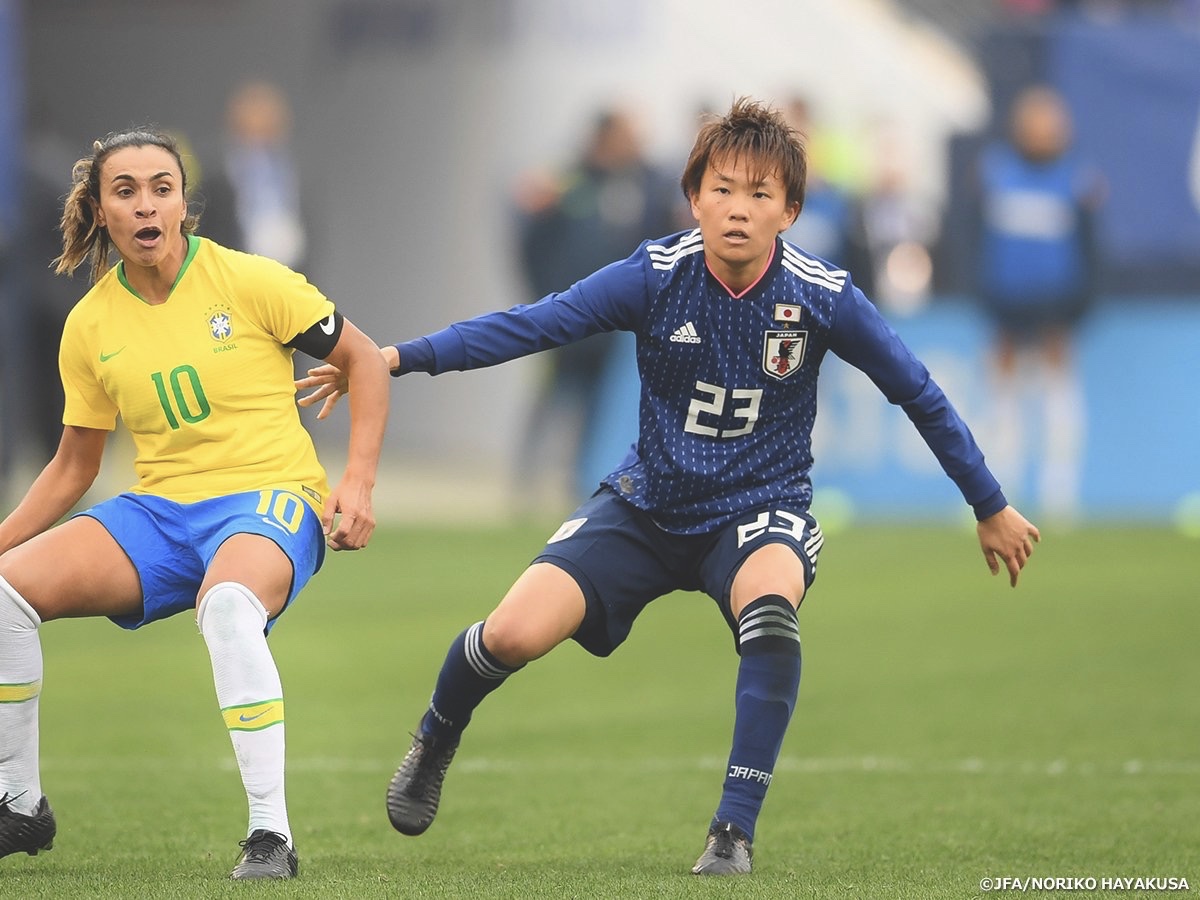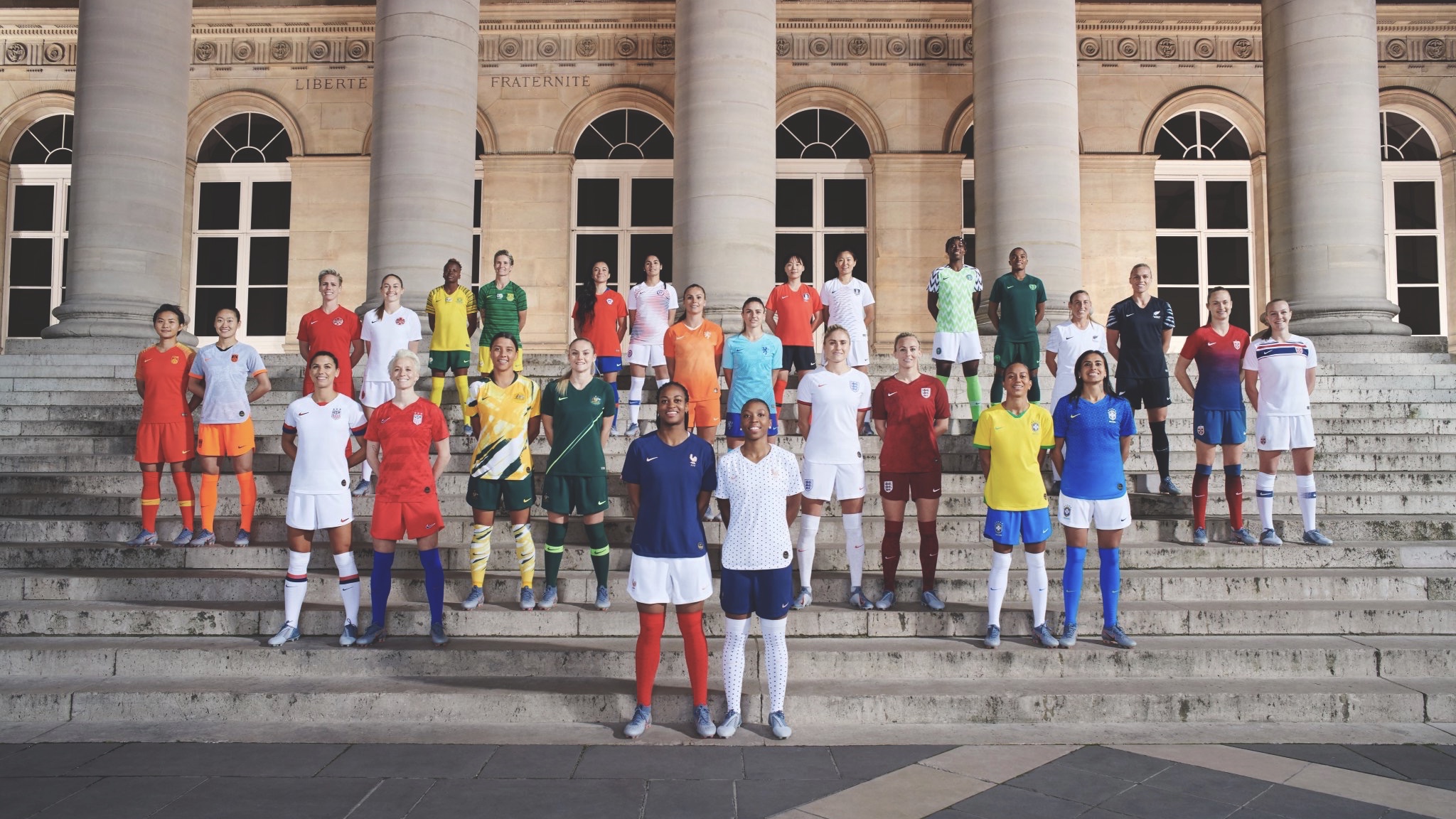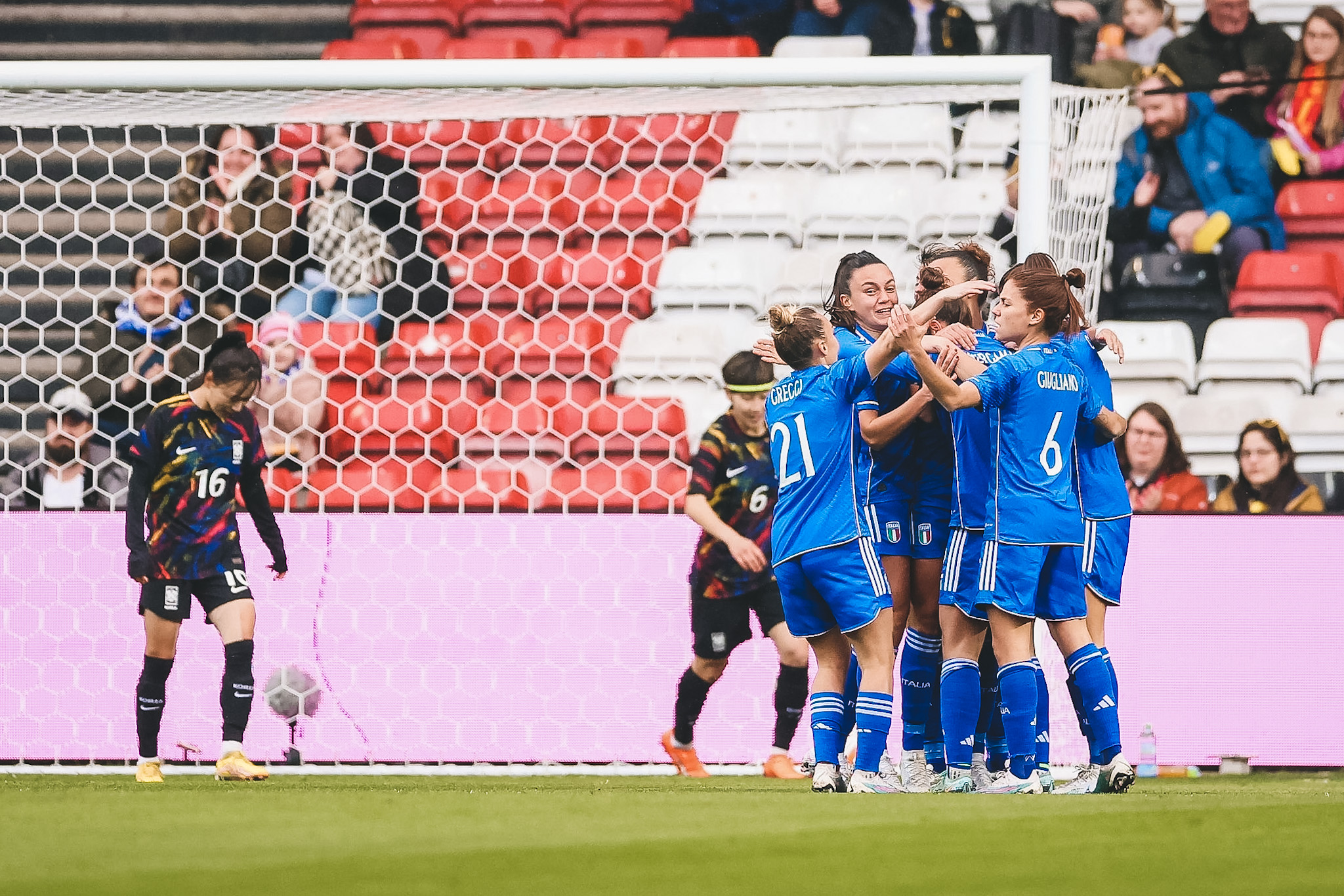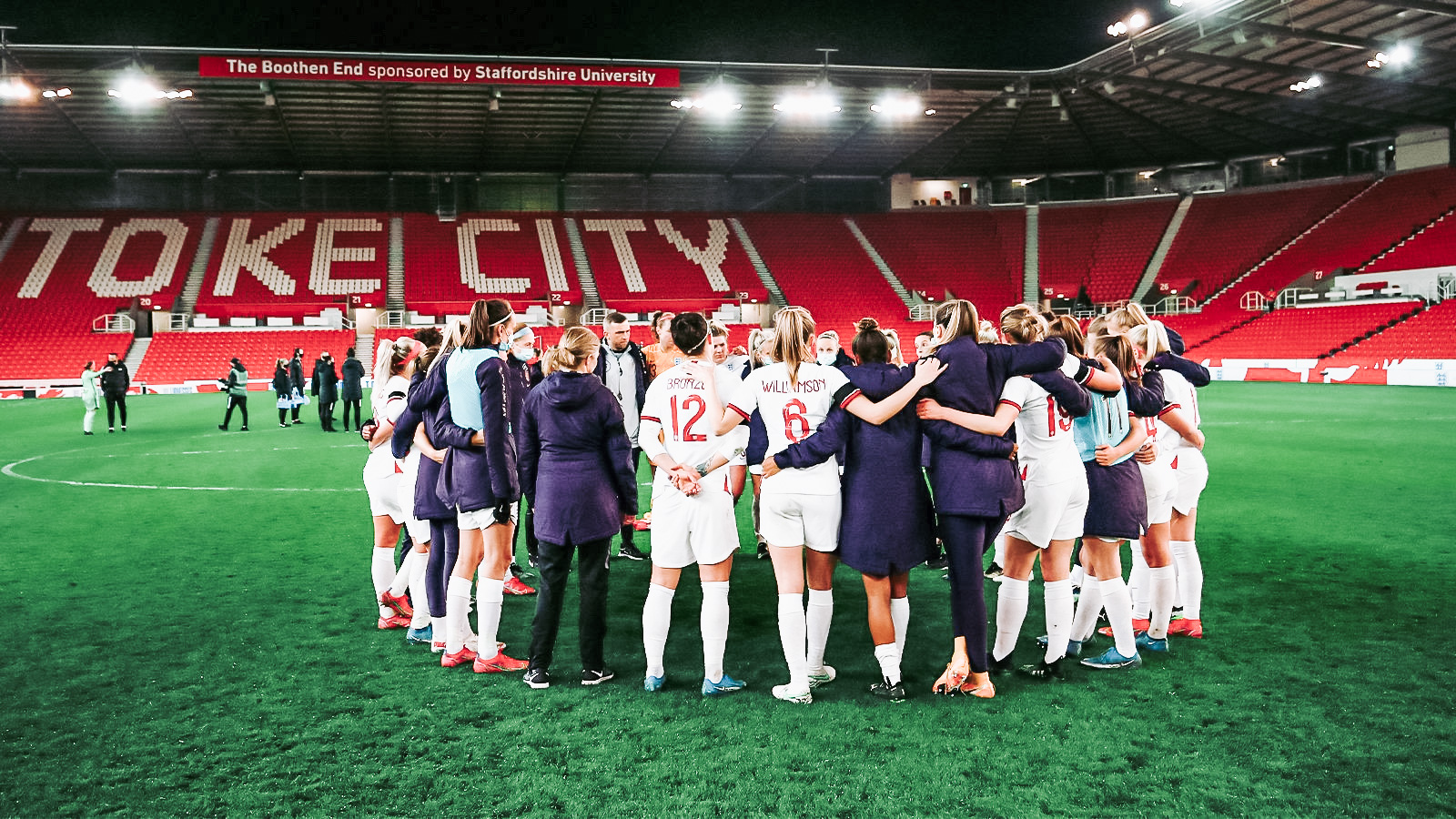With the 8th edition of the Women’s World Cup less than a week away, Japan travel to France in the company of Germany, USA and Norway, as just one of four teams to have won the biggest competition in women’s football. And, after finishing as runners-up in 2015, they will hope to relive the glory of the last time the tournament was hosted on European soil.
Having competed in every World Cup since its inception, Japan’s route to qualification was a familiar one, but on this occasion, one that was defined by the finest of margins. The group stage of the FC Women’s Asian Cup was remarkably close. How close? With Australia, Japan and South Korea all finishing on 5 points; Japan finished second behind Australia, and with goal difference equal, only bested South Korea by scoring a single goal more. That’s how close! During the knockout stages, they defeated China PR 3-1, before beating Australia, who they had previously drawn with in the Group stage, 1-0.
Their overall record during the Women’s Asian Cup was Played 5, won 3, drawn 2. But those five games were just a fraction of Japan’s 2018 footballing year, which saw them take to the field an exhausting total of 20 games, including participating in the Asian Games, which they won. They finished the year with a win rate of 65% (W13, L5, D2) with losses against highly-ranked opposition such as the USA, Holland and Canada.
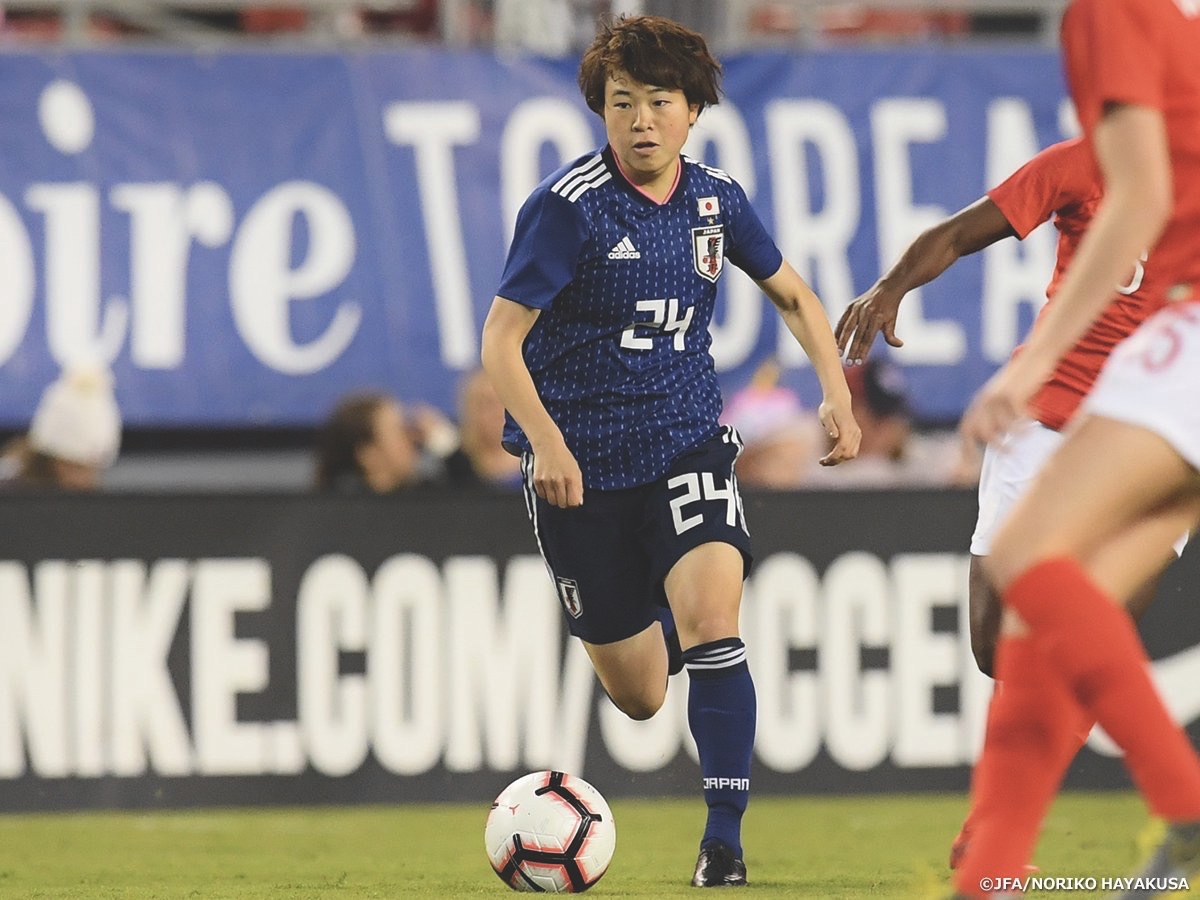
2019 has been far less hectic, with Japan competing in the She Believes Cup in March and in two subsequent friendlies. They beat Brazil, drew with two very good sides in Germany and USA, but lost to England and France.
In charge of The Nadeshiko Japan is Asako Takakura. In 2016 Takakura took over the country’s managerial duties, succeeding Norio Sasaki to become the first-ever female coach of the national team. Having previously coached Japan’s under-17 team to World Cup glory in 2014, before taking over managerial duties of the under-20 team a few years later, it could be seen as natural progression and recognition of her excellent work since 2013 (during which time she has won AFC Women’s Coach Of The Year Award an impressive six times). Takakura prefers the traditional 4-4-2 system.
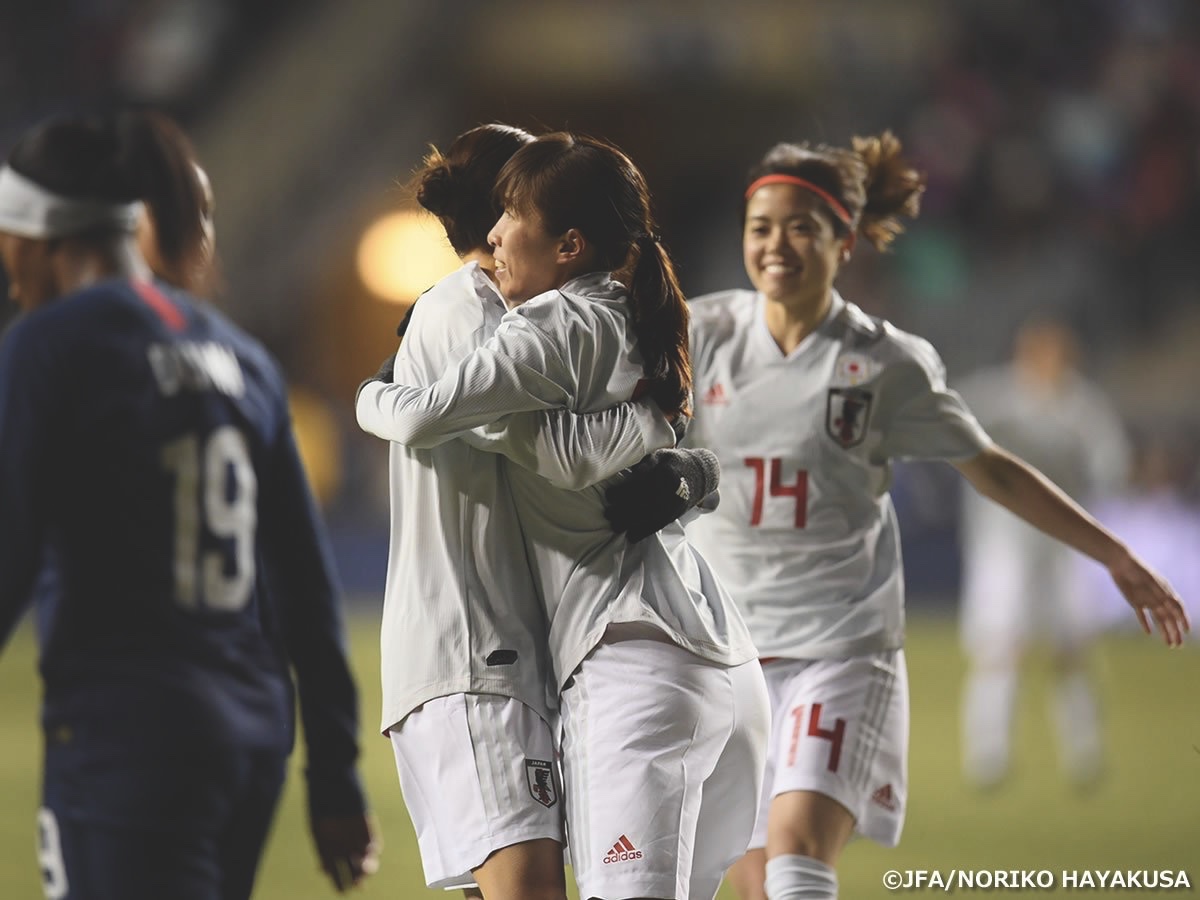
The retirements of legends such as Shinobu Ohno, Yūki Nagasato, Aya Miyama and all-time leading scorer Homare Sawa means, with an average age of just 24 – only 9 players 25 or older – and eight players of the 23 selected having fewer than 10 senior international appearances, Japan now has a very youthful squad; Takakura’s history and faith in promoting the younger generation evident. Underpinning that youth, however, there is also experience in every area of the pitch. Lyon’s Saki Kumagai, who has over 100 caps and scored the winning penalty against the United States in 2011 is an extremely important player; a winner. Aya Sameshima, Rumi Utsugi and Mizuho Sakaguchi are also present and with 450 caps between the four World Cup-winning players, they will provide vital experience and guidance to those around them. Sentiments echoed by Rumi Utsugi earlier this year: “There are many players who had been together with coach Takakura since they were youth national players, and they already have good communication,” Utsugi told FIFA.com. “On the other hand, I think experienced players mean a lot in the team to help young players without so much experience.
“It is stimulating to me to play with young talented players, and I feel like I’m being tested. I feel so happy today looking back how I was when I was young and how elder players had been in those days.”
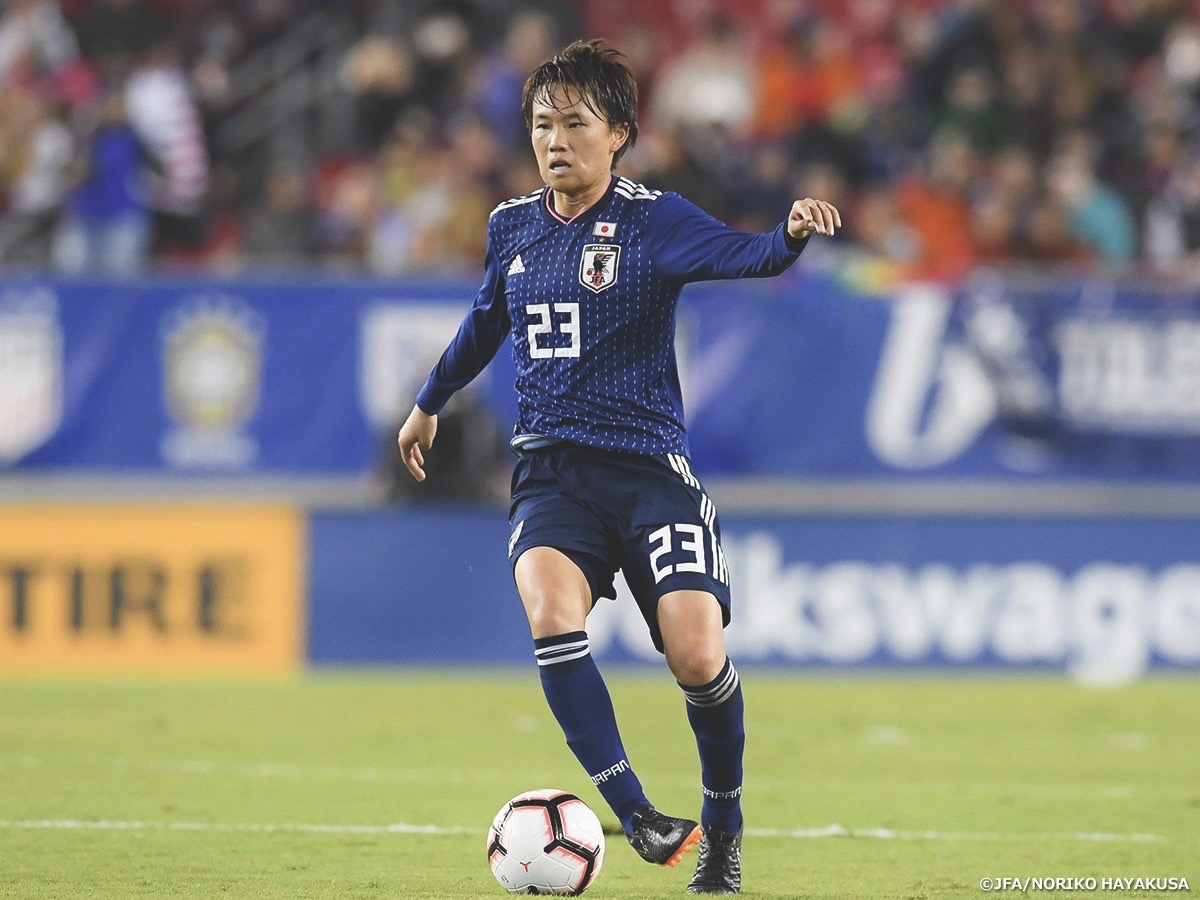
Mana Iwabuchi, the other World Cup winner in the squad, is set to grace the world stage for the third time. While Yuika Sugasawa, silver medallist in 2015 and the player with the third highest number of goals in the squad, will be making her second appearance. Outside of those mentioned though, the team is filled with players set to experience the footballing extravaganza for the first time. And while Japan’s youngsters have experience at youth level, and experience of winning other competitions, hundreds of thousands of fans filling the stadiums in France and upwards of a billion viewers expected to watch on television across the globe, means this competition, both in scale and level of skill, will eclipse anything they have ever experienced before; the pinnacle of women’s football.
Japan have been placed in Group D with Argentina, England and Scotland. They begin their route to glory against Argentina on the 10th of June, before playing Scotland and then finally England, in what could be a group-decider. Like England, Japan will feel winning the group could prove to be extremely important in their hopes of lifting the World Cup in July.
Will it be a case of fearless youth, or will the weight of the tournament and the hopes of a nation prove too much to bare?

